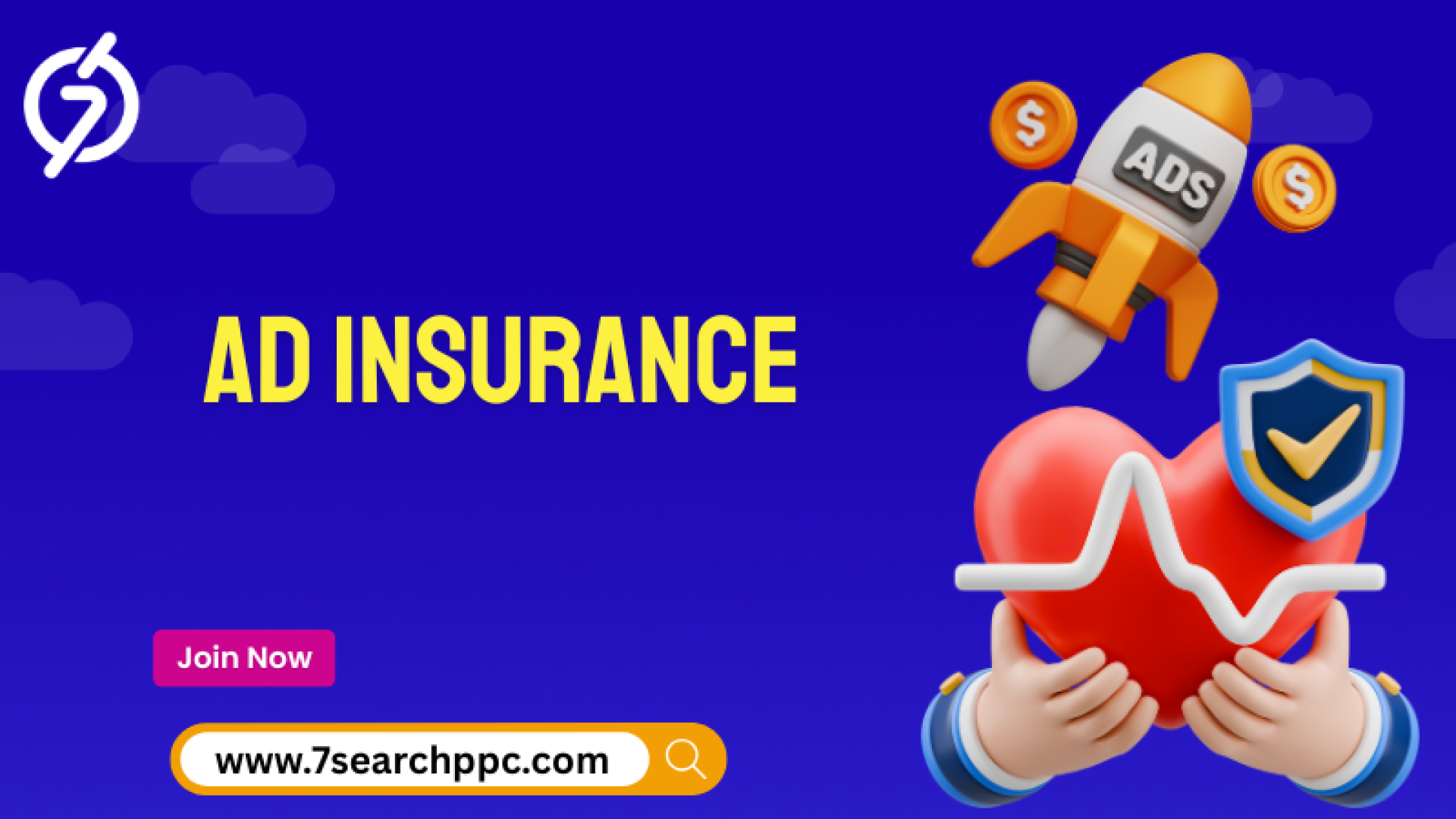The Pros and Cons of Ad Insurance for Digital Marketers

In today’s crowded digital marketplace, brands spend heavily to stay visible. Every click, view, or impression comes at a cost. But what if those investments don’t yield the expected results? That’s where the concept of Ad Insurance steps in — a strategy that helps marketers safeguard campaigns against potential losses and gain more confidence in advertising spends.
This article breaks down the good and the not-so-good sides of ad insurance so digital marketers can decide whether it’s the right fit for their campaigns.
Why Marketers Are Talking About Ad Insurance
The need for reliability in online campaigns has never been higher. Between ad fraud, unpredictable audience behavior, and ever-changing algorithms, digital marketers face significant risks. Ad Insurance acts as a safety net — offering coverage when campaigns underperform or fail to meet expected benchmarks.
At its core, this concept isn’t about avoiding risk altogether but about making marketing investments more predictable and accountable.
The Pros of Ad Insurance
1. Reduces Risk in Campaigns
Every campaign carries uncertainty. Whether it’s a display ad, video ad, or PPC push, results may vary. Ad insurance helps marketers minimize exposure to wasted budgets by covering specific performance-related risks.
2. Builds Confidence for Experimentation
Trying new platforms or ad formats often feels risky. With Marketing Insurance, brands can test creative ideas more freely knowing there’s a safety measure in place. This leads to innovation without constant fear of budget drains.
3. Better Client Relationships
For agencies, offering ad insurance creates transparency. Clients appreciate knowing there’s a backup plan if results fall short. It strengthens trust and long-term partnerships.
4. Supports Budget Planning
Campaigns with some level of insured protection allow clearer financial planning. Teams can allocate ad spend with more confidence, helping decision-makers justify budgets at the leadership level.
The Cons of Ad Insurance
1. Added Costs
Like any insurance model, ad insurance requires premiums. For small businesses with limited budgets, this added expense can feel burdensome.
2. Not All Campaigns Qualify
Certain campaigns may not be eligible for insurance. Restrictions might include platform, audience size, or performance targets, which could limit usage.
3. Potential Over-Reliance
Marketers might lean too heavily on Promotional Insurance, neglecting the fundamentals of creative quality, audience research, and optimization. Insurance cannot replace strong marketing strategy.
4. Complex Terms and Conditions
Insurance policies often come with fine print. Understanding exclusions, limitations, and claim processes requires careful attention. Overlooking details may create disappointment later.
When Ad Insurance Works Best
Ad insurance isn’t a one-size-fits-all solution. It works best when used in high-stakes campaigns such as product launches, seasonal promotions, or campaigns with significant upfront investment. It also appeals to businesses expanding into new markets where outcomes are less predictable.
For deeper context on how insurance-based strategies are being applied in customer acquisition campaigns, you might explore insights from insurance advertising campaigns .
A Balanced View for Digital Marketers
Ad insurance is not a replacement for strategy, creativity, or testing. Instead, it’s a tool — one that can bring stability to an unpredictable environment. By blending strong fundamentals with the protective layer of Campaign Insurance, digital marketers can balance innovation with accountability.
If you’re curious about trying this approach, a small pilot test may be the safest starting point. Many platforms now provide options that let you insure against ad underperformance. You can even launch a test campaign to explore how it fits within your current advertising strategy.
Final Thoughts
The conversation around ad insurance will likely grow as digital marketing evolves. For some, it will become a crucial layer of protection; for others, it may feel like an unnecessary cost. The key lies in understanding your business goals, campaign risks, and budget capacity before committing.
By weighing the pros and cons of ad insurance, marketers can make a smarter, more informed choice. Like any strategy, its value depends on how thoughtfully it’s applied.


